The Rocket Man
Wernher von Braun was born on March 23, 1912 in Wirsitz (today Wyrzysk, Poland) as the son of a bank director and Reich Minister.
After graduating from high school, von Braun studied at the Technische Hochschule Berlin. Already in his youth von Braun had experimented with rockets and various other missiles. He achieved spectacular success so that the military began to take an interest in his work. In 1937 he became technical director of the rocket research center in Peenemünde. The Nazis supported Wernher von Braun with gigantic sums of money and so he developed the liquid rocket A 4, which was the forerunner of the infamous V2 rocket and thus one of Hitler's "wonder weapons". It was first used on September 8, 1944 during an attack on London and there was no possibility to intercept the rocket.
After the Second World War in 1945 the importance of a steerable rocket as a weapon became clear, especially to the USA and the Soviet Union. Wernher von Braun was classified by the USA as "unencumbered" with regard to his Nazi past. So he and his team went to America and received massive support for his further rocket projects.
Within the framework of the American rocket program, von Braun became technical advisor at the "White Sands Proving Grounds" in New Mexico. From 1950 he worked in Huntsville Alabama, where he headed the "Redstone Missile Program" and the "Mars Project" until 1960. In 1955 he became an American citizen. In 1958, the Jupiter C rocket was completed under his leadership, and in the same year the "Explorer I.", the first Earth satellite, was launched into space. From 1959 to 1972, he led the development of the Saturn program (NASA space center) in Huntsville. It was here that he provided the decisive impetus for the development of the "Saturn V." launch vehicle.
Wernher von Braun played a key role in the preparation and design of the US "Apollo" lunar flight program. Under US President Lyndon B. Johnson, the "History of rocketry and space travel" project was launched in 1967. In 1969, Braun's three-stage rocket "Saturn V." transported the 41-ton modules, consisting of the mothership "Columbia", the space glider "Apollo 11" and the lunar module "Eagle", to the moon. The company was a complete success: Commander Neil Armstrong was the first man to set foot on the moon on July 21, 1969.
In 1970, he was promoted to Deputy Director of NASA and in 1972 he became Vice President of the aerospace company "Fairchild". Wernher von Braun died of cancer on June 16, 1977 in Alexandria (Virginia, USA)...

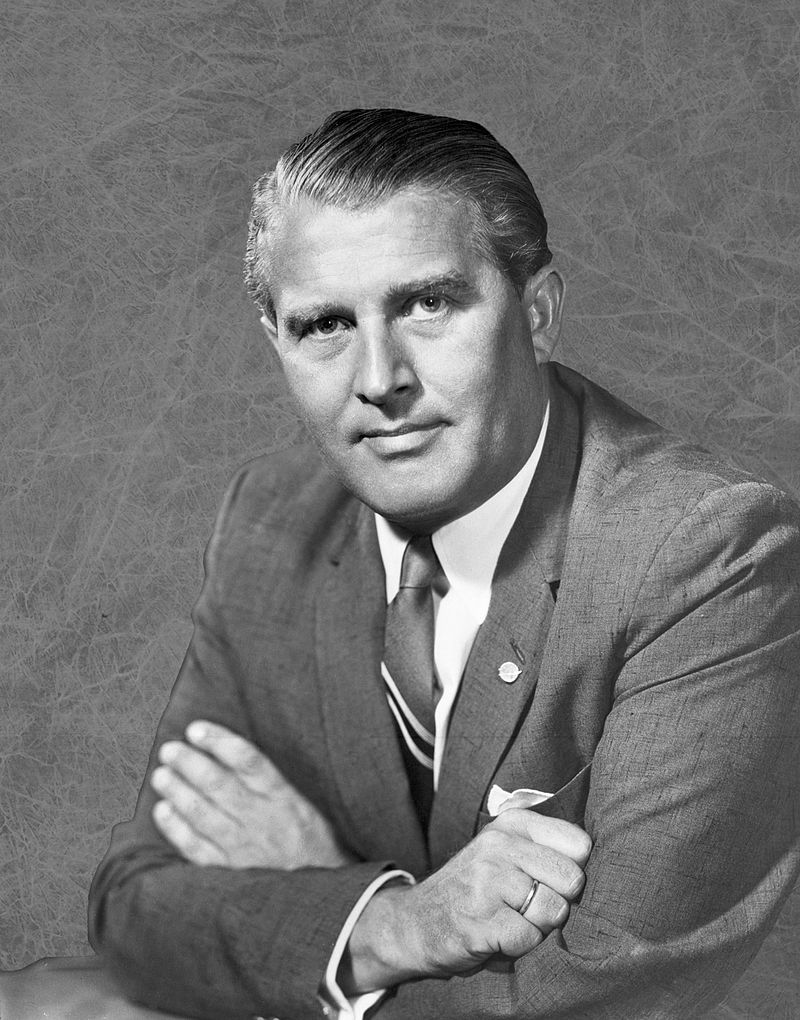

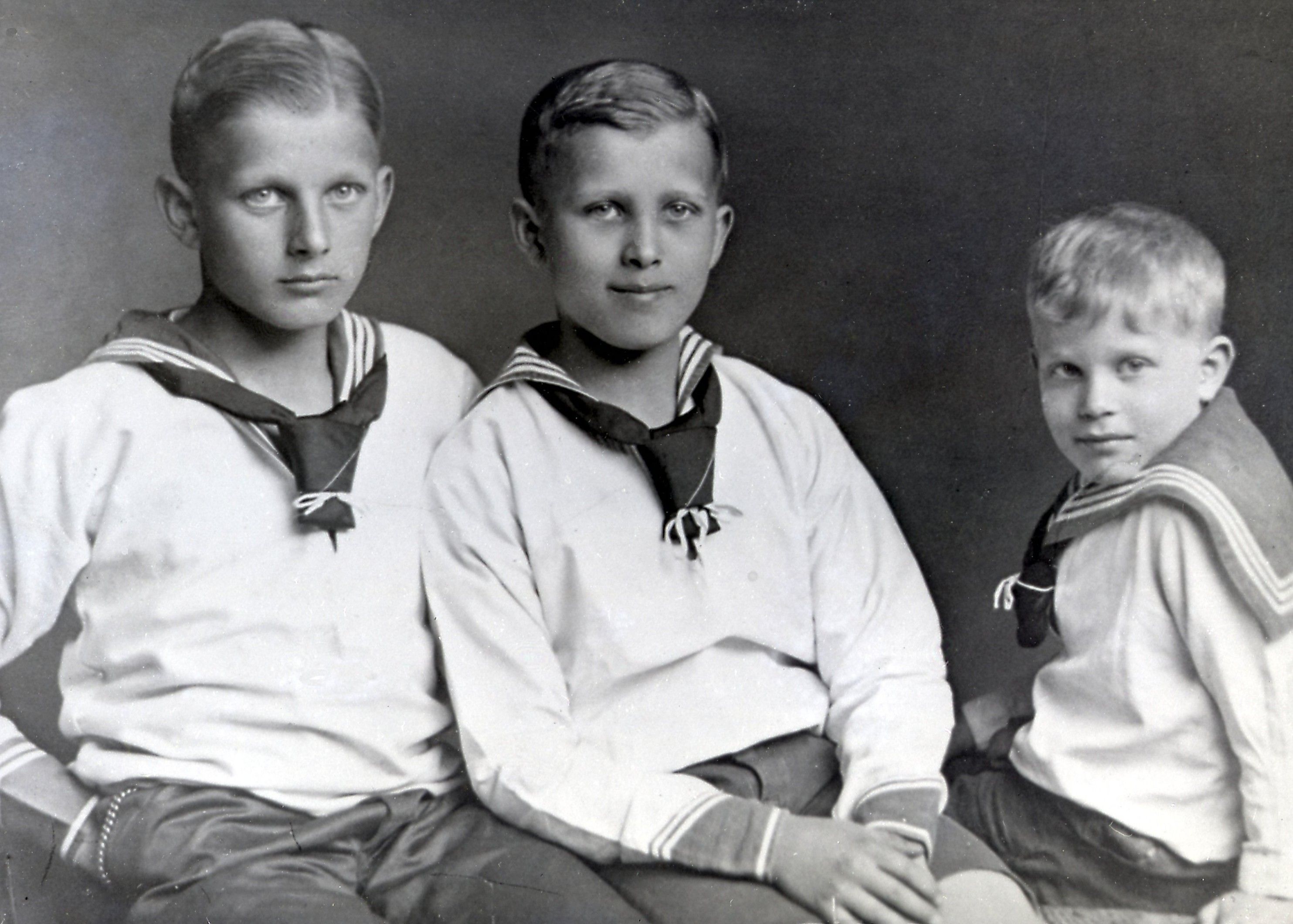

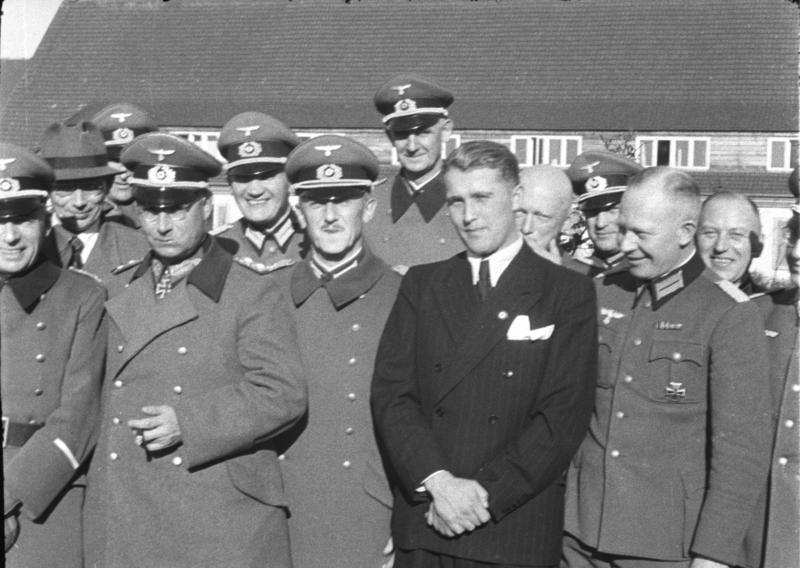
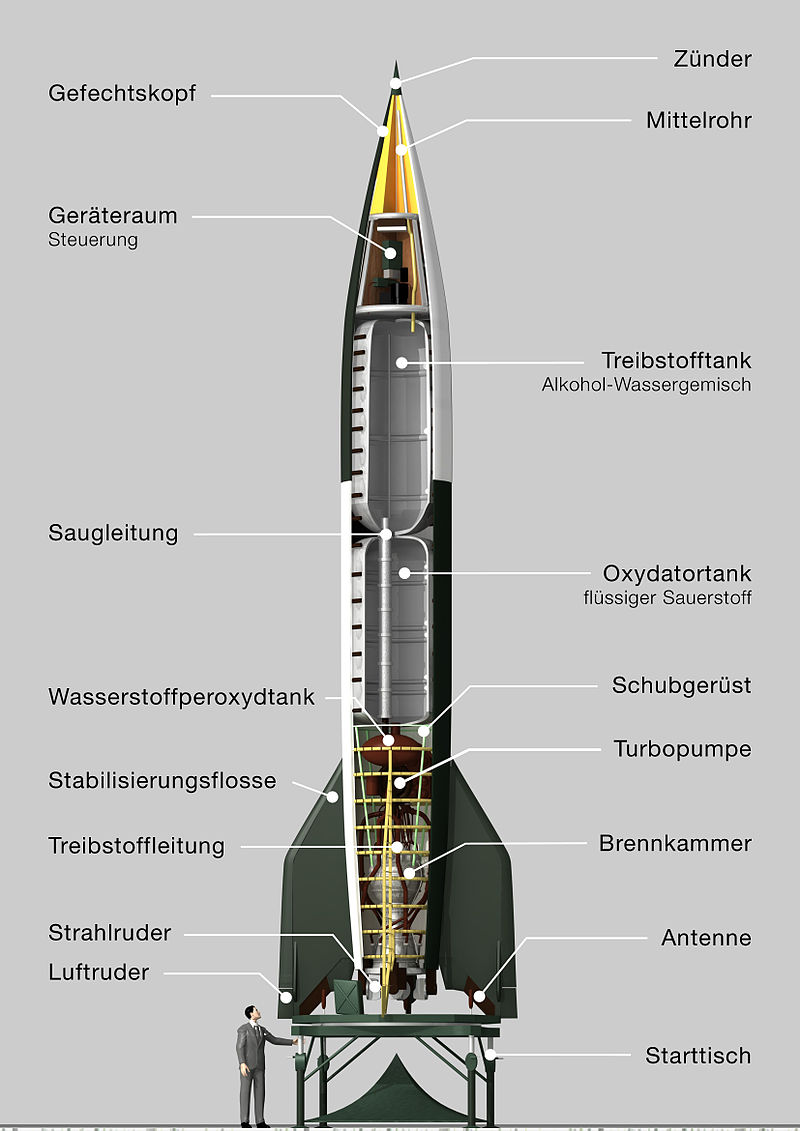

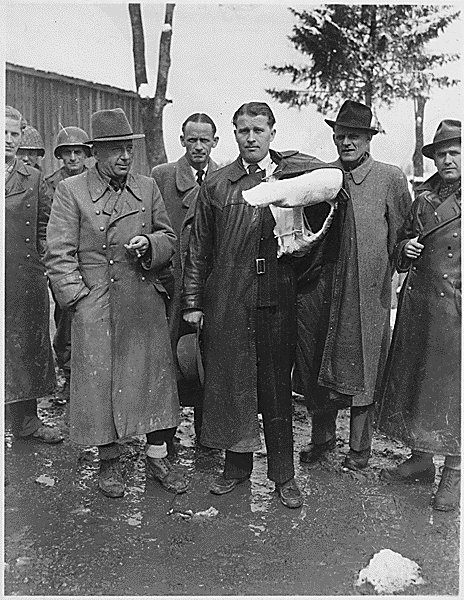
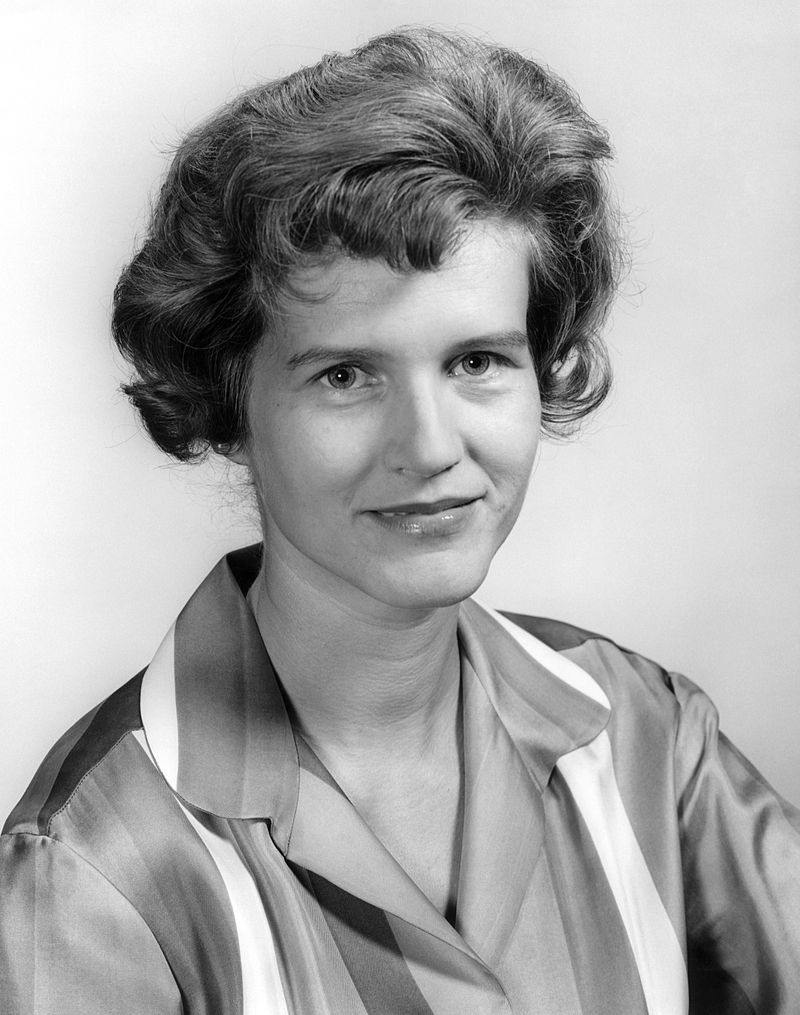
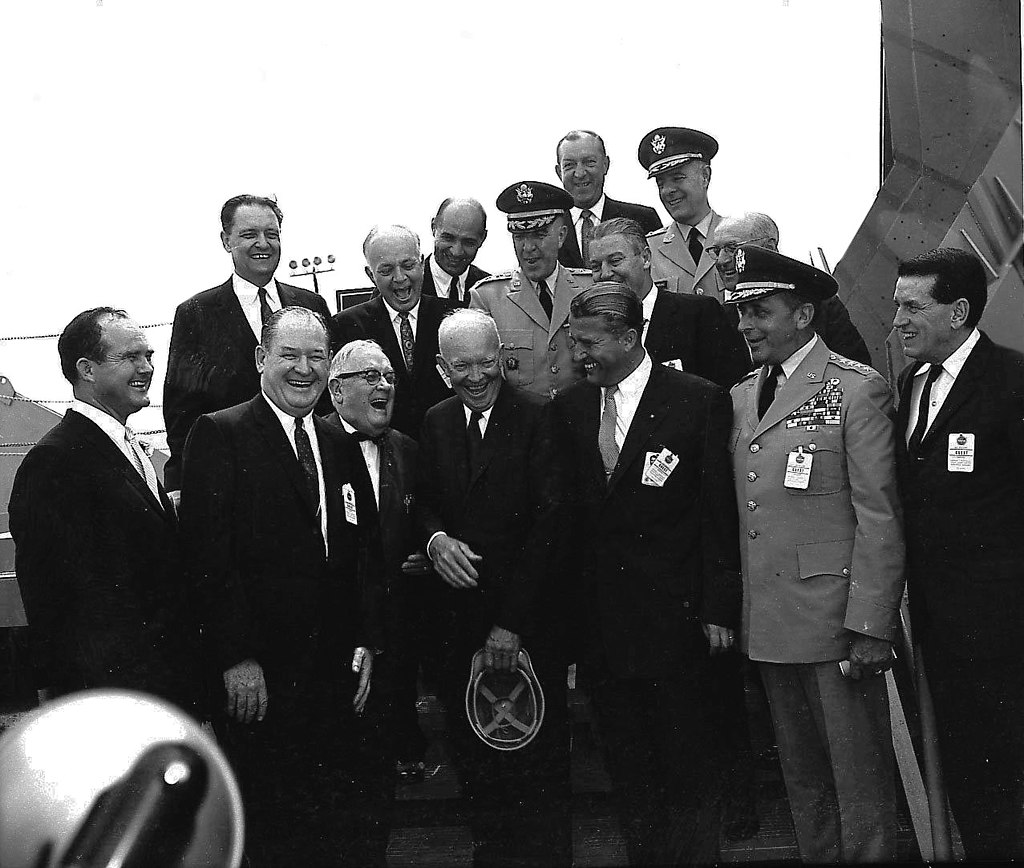
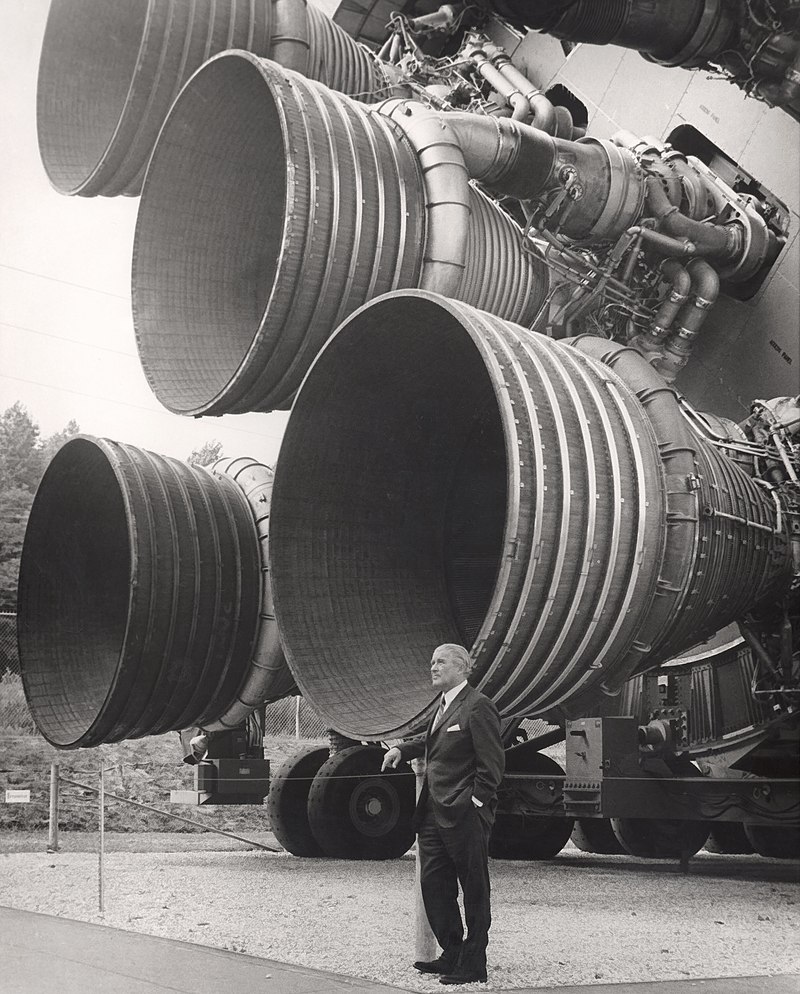
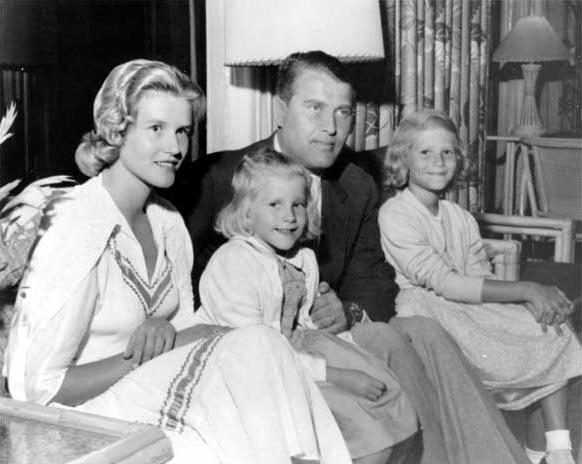
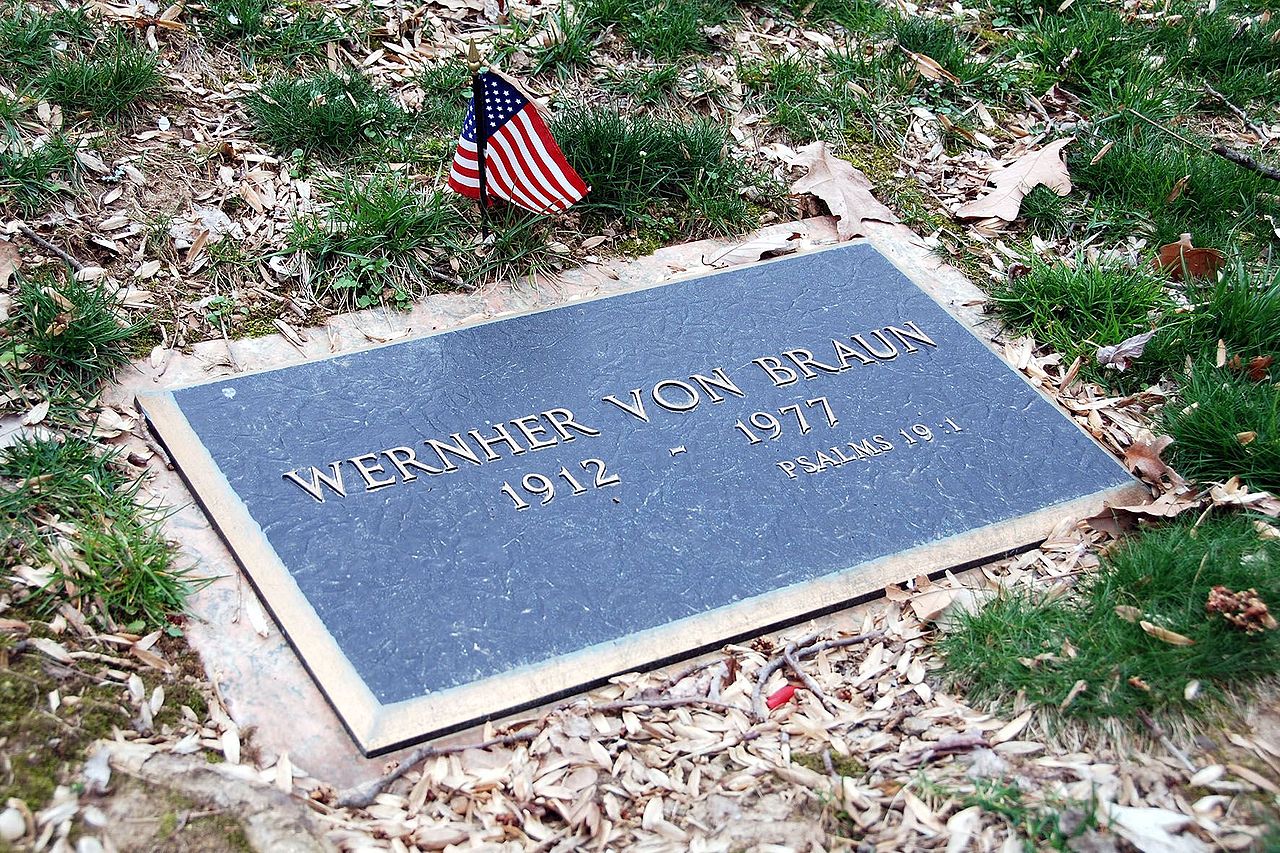

Comments